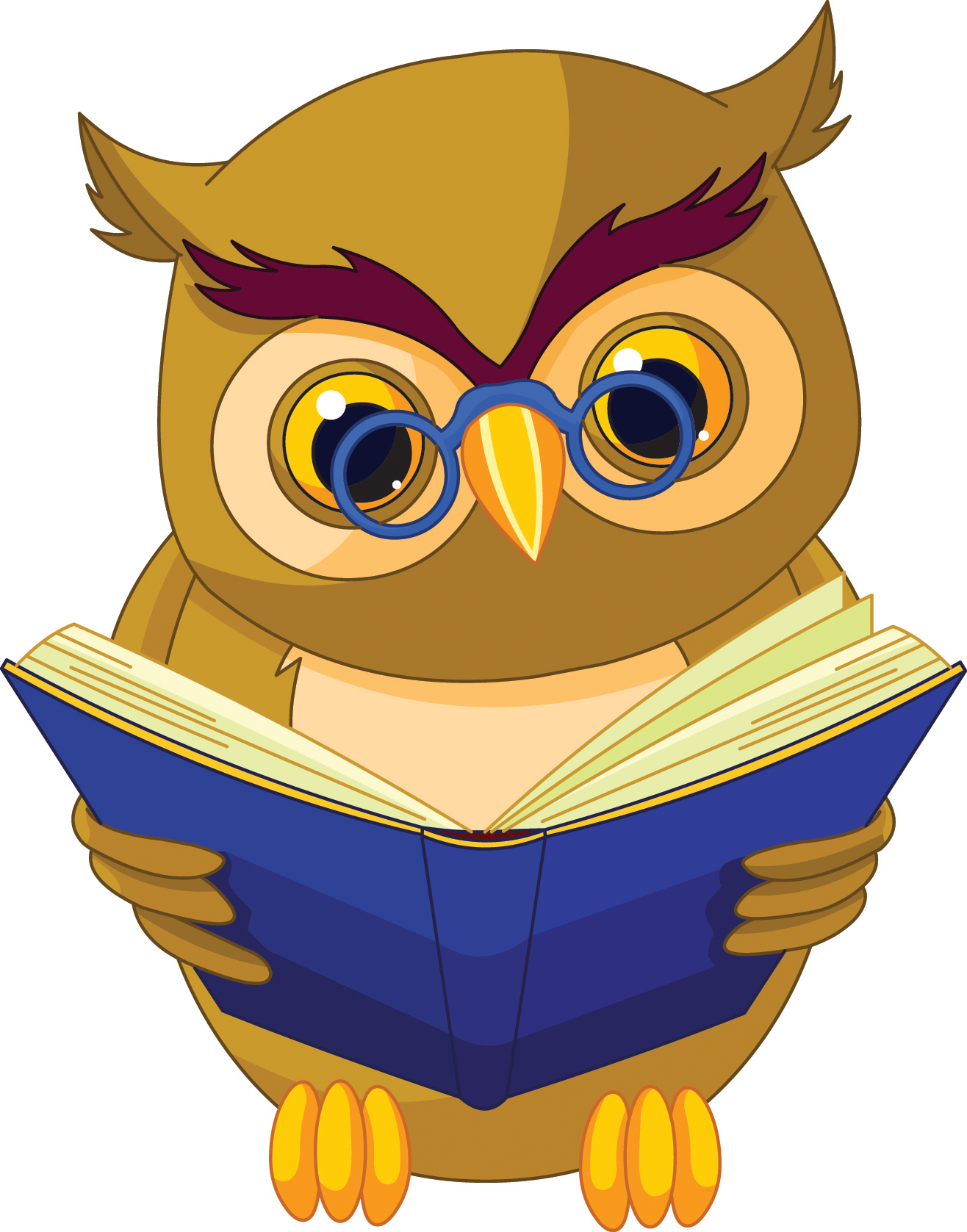February is I LOVE TO READ MONTH
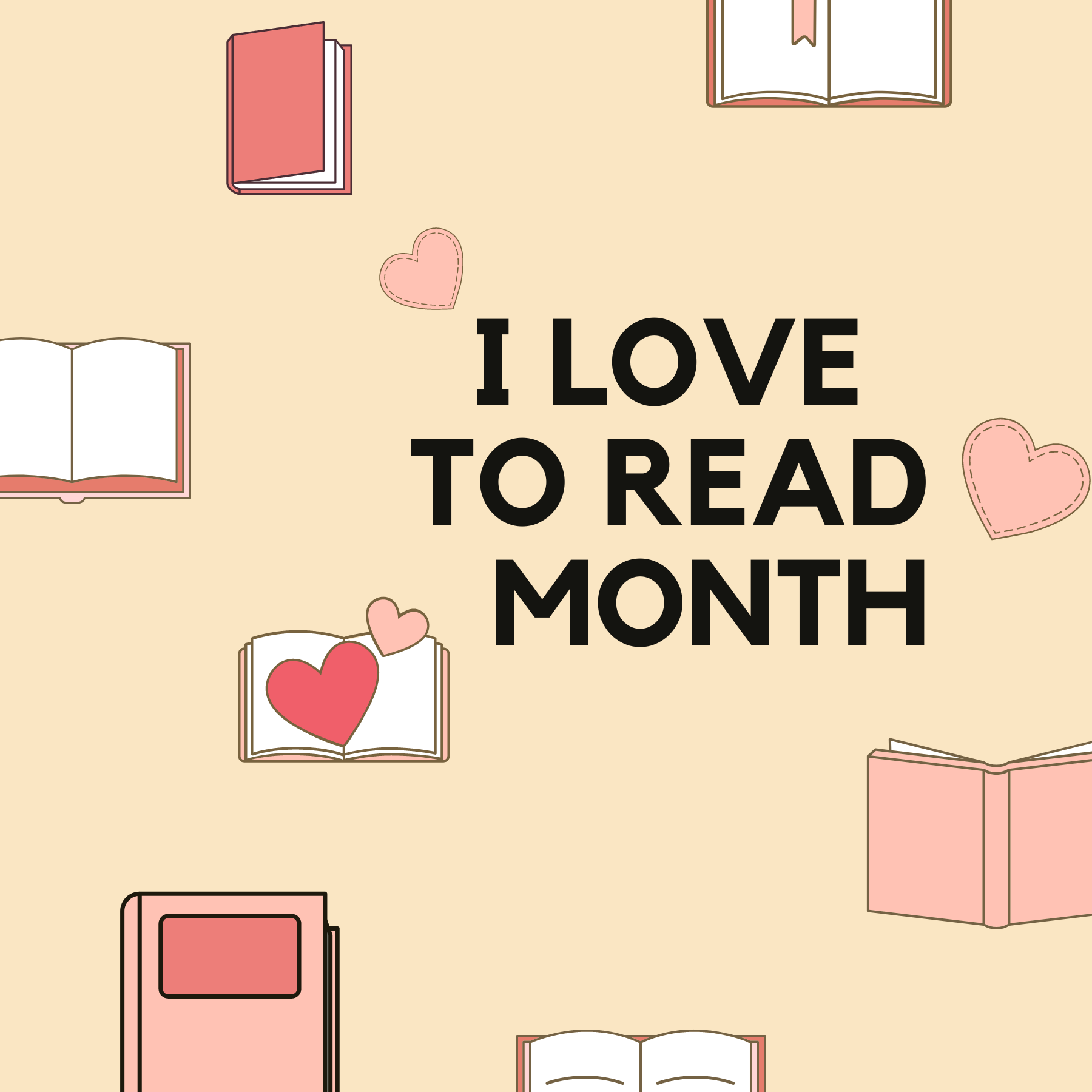
February is I LOVE TO READ MONTH! There are so many things that make February special. Days including Valentine’s, President’s Day, and learning about Black History. In addition to these important things, February is also a time for us to celebrate the love of reading. To celebrate reading in your home there are five things listed below that you can do to celebrate “I Love To Read Month.”
- Share your favorite childhood book with your family.
- Set aside 20 minutes and partner read a picture book or a chapter book with your family.
- Take a trip to the library together and have everyone check out a favorite book.
- Have a family book club. Set a date. Have everyone read the same book and then discuss it over dinner.
- Listen to audiobooks together in the car. Model the fact that books are meant to be enjoyed and can be done anywhere.
Although February is designated as the “I Love To Read Month”, reading is really meant to be enjoyed all year long. So, grab your favorite book, find a few minutes, and share the love of reading with your family!
“I have a Dream…”
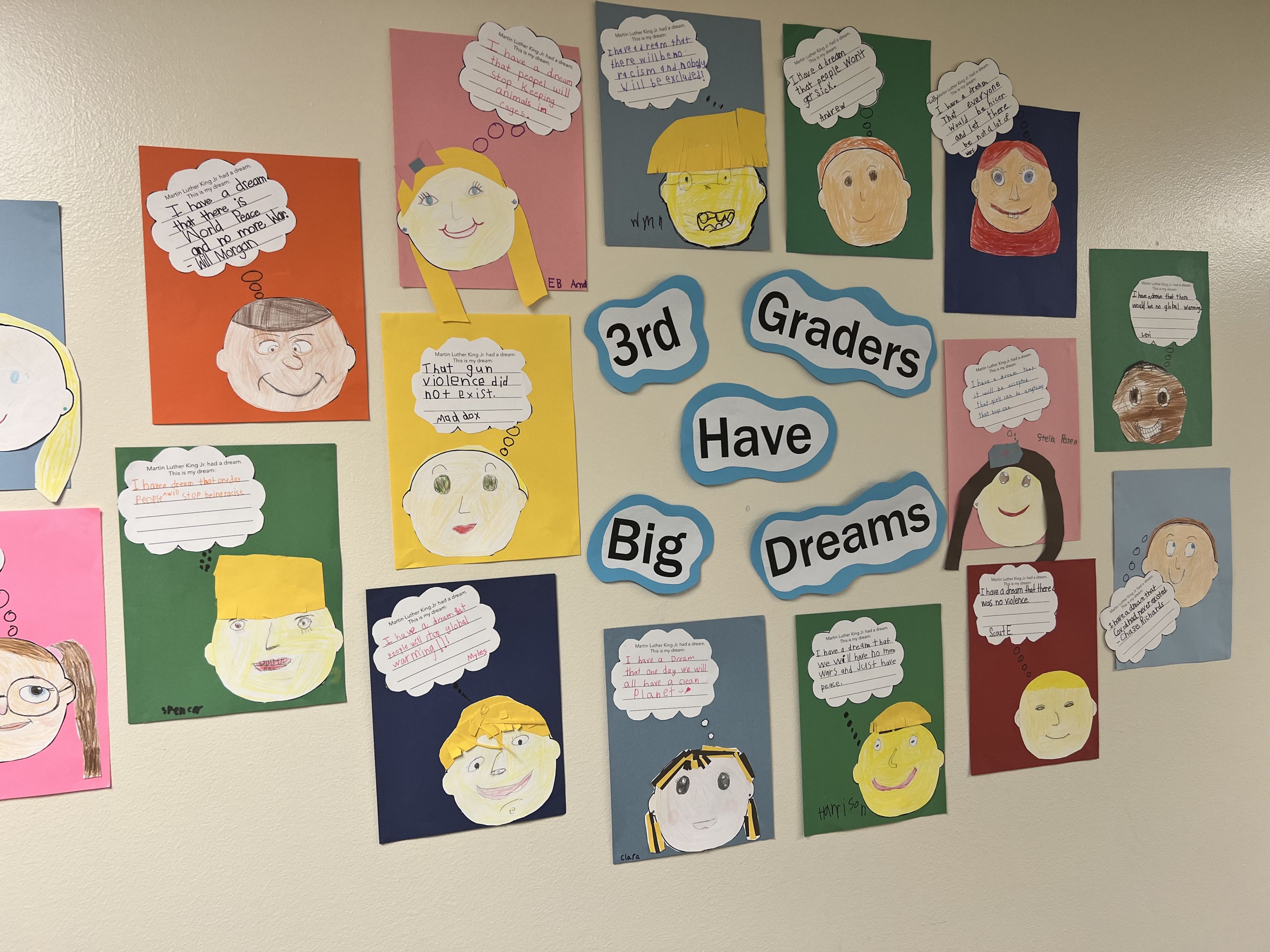
The students in Third Grade have big dreams for their future and the future of our world!
Every January, the students at PHPS learn a little bit about Martin Luther King Jr. as they prepare for the much anticipated three-day weekend. When the students come to third grade, they begin a more detailed study of this great leader and his important role in our Nation’s history.
To start this cross-curricular unit, we begin researching MLK through a variety of resources that discuss the many accomplishments of Dr. King and his role in the Civil Rights Movement. The class also views the famous, “I have a dream” speech and is able to hear and see the passion that Martin Luther King Jr. had for his mission.
The prompt of “What made MLK a great leader” is asked of the students, and they are eager to share their several takeaways. MLK led with peace and set an example that peace is the way to a solution. He did this through his many speeches and by leading marches. His relentless work in Civil Rights contributed to the passing of the Civil Rights Act of 1964. The students then learn about discrimination and segregation.
To wrap up our unit and reflect on the many lessons learned about Martin Luther King Jr., each child shares a dream they have for the world. It always fills our hearts when the students put their vision of the future in their own words. Our students want our world to be filled with love and peace. They want the earth to be healthy and for all of its inhabitants (two-legged, four-legged, and even those with scales) to be taken care of. The future is bright with these caring and kind students.
From Hootie's Nest: A Monthly Look at the Way We Learn
From Hootie's Nest
A Monthly Look at the Way We Learn
What is Dysgraphia? - Dysgraphia is a specific learning disorder (SLD) with impairment in written expression. DYS means difficulty and GRAPHIA refers to writing. Dysgraphia can impact spacing, handwriting, creative writing, spelling, and memory processing.
There are three common types of Dysgraphia – Motor, Spatial and Dyslexic. You can have symptoms from any of the three categories. Motor affects a person’s fine motor skills (including dexterity and muscle tone). Spatial can affect legibility and the ability to write on lines and paper orientation. Dyslexic dysgraphia can present with illegible writing but also displays poor spelling, too.
Signs of Dysgraphia – Signs of Dysgraphia may include inconsistent letter size and spacing, spelling struggles/inconsistency of spelling, and difficulty with creative writing despite verbally telling stories well.
Ways to Help – Many varied approaches can support a student with Dysgraphia including the following – Alternative pens/pencils and grips, less copying, using lined or graph paper, taking writing breaks, using speech-to-text dictation, utilizing the option to type, making sure the body is in the proper writing position. Strengthening fine motor skills is important, too. Building with blocks, snap cubes, and Legos and even crafting with clay or playdough are fun ways to build strong hands. Eating bite-sized snacks with tweezers instead of fingers and creating with pearler beads or jewelry can be both fun and challenging for boosting hand strength and supporting a developing pincer grasp.
Did you know? At PHPS, Kindergarten, First and Second grade students have devoted time in their weekly Motor classes to practice handwriting and work on fine motor skills targeting body strength, stamina, and visual coordination. In Third grade, students begin to learn cursive and keyboarding skills as well so that they may choose to type longer writing pieces. Fourth through Sixth graders become more proficient in their keyboarding skills and even begin to use voice-to-text dictation, too.
New Year, New Habits!
.png)
Happy New Year! How are your resolutions going? The practice of making a new year’s resolution dates back to ancient Rome. Julius Caesar established January 1st as the first day of the new year and named the month January for Janus, a two-faced god who symbolically looked backwards into the previous year and ahead to the future year. Romans made promises of good conduct to the deity for the coming year. Yet, the fact that we have been making resolutions since 45 BC has not improved our ability to keep them! About 83% of resolutions are broken before we even get to Easter. Why is that?
One reason is habits. A habit is something we do without even thinking. They are triggered by cues in our environment. Research suggests that over 40% of what we do each day is determined by habit, not by decision. So, in order to change a habit, such as eating junk food, the old habit must be replaced by a new one. Performing the new behavior forms new neural pathways that can be used instead of the old ones. Of course, this takes time, and it takes consistency and determination.
We are continually talking with your children about their goals at school and encouraging their resolve to meet those academic goals. This is a good time of year to check in with your student and determine if they could change an old habit at home that may be less than productive. Does your child procrastinate when it comes to starting homework? Does he/she often forget to complete assignments at home? Does your child spend too much time on digital devices or social media? The start of a new year can be an opportunity to discuss replacing old habits with new ones.
Help your child set their goal by using positive terms that convey choice, such as want or could rather than terms that convey compulsion, such as should or must (i.e. “I can complete my homework before I watch tv”, rather than “I should complete my homework before I watch tv”). We are much more likely to follow through and achieve goals when they are seen as our own choice. Then, determine the cue that leads to the behavior. If your child takes out their phone as soon as he/she gets in the car at carpool, replace that response with something different, such as getting in the car and immediately opening a snack and telling you about their day. Work on replacing the old behavior with the same new one each day.
New year resolutions are indeed difficult to keep, but maybe if we just think of resolving to replace one bad habit with a new one, one day at a time, it may seem a little more attainable… I will check back in with you around Easter!
ADHD: So Many Resources, So Little Time!
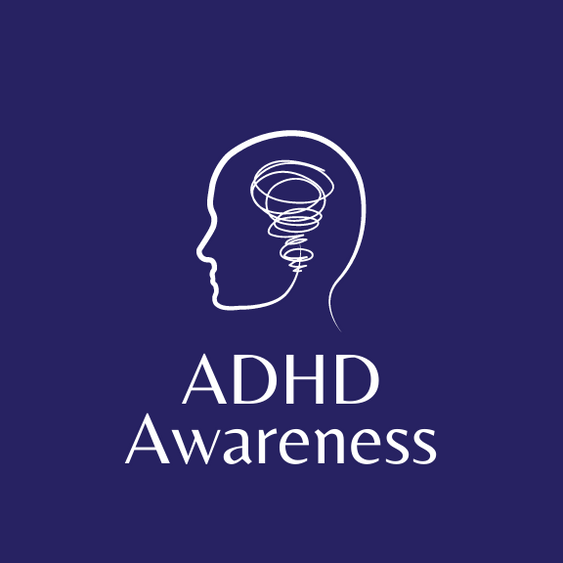
According to Children and Adults with Attention-Deficit/Hyperactivity Disorder (CHADD) website, a respected resource, ADHD is characterized by developmentally inappropriate levels of inattention, impulsivity, and hyperactivity. ADHD is a life-span disorder that can be diagnosed in children as young as 4 years old. Since there are different levels of severity, the appearance of ADHD symptoms can vary from child to child. Understanding ADHD is important to support those you love with ADHD. Knowledge is critical to provide awareness and teaching self-advocacy to help a child navigate through elementary school and beyond.
ADHD has been researched and many have written about its symptoms, diagnoses, treatment, and how to cope with ADHD.
The following recommendations from Homework Help found on the CHADD website can help create an environment for a child with ADHD to be more successful with their homework assignments.
- Before getting started, make sure your child has the supplies needed to do homework: planners, daily checklists, folders, pens, timer, etc.
- Involve your child in setting up the space to help figure out what works best for him or her early in the school year.
- Remove or minimize things that distract or cause stress. Position desks or tables so they face away from doors or windows and relocate the television.
- If possible, find an open space or accessible room with good lighting. An uncluttered table or desk available is a good idea.
- Help your child read the homework directions…highlight the central part, questions, and instructions.
- Write down important information so it can be accessed easily.
- Set up a consistent time for your child to do homework…establish routines and expectations.
- Use a timer to manage attention and help your child stay on task.
- Schedule short breaks (5–10 minutes).
- Encourage your child to move around during breaks.
Keep in mind that your child’s strongest advocate is you. You do not need to know everything, just be ready to model how to advocate so your child can feel comfortable advocating for themselves.
Resources:
Driven to Distraction by Edward M. Hallowell and John J. Ratey
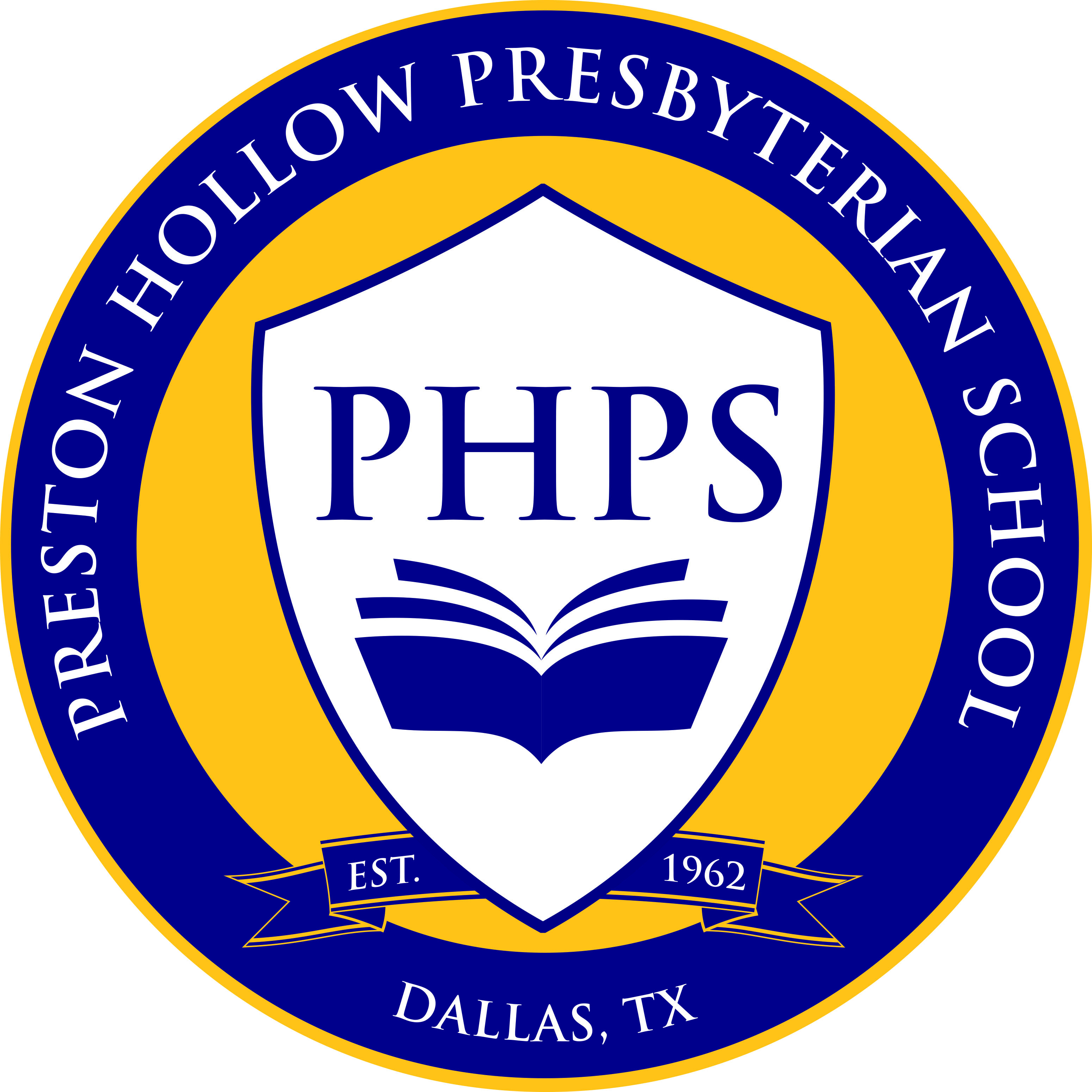

.png)
